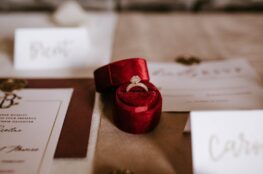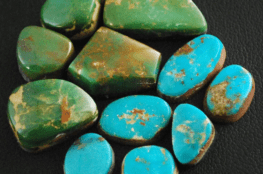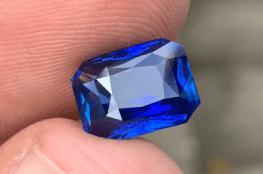Introduction
Rubies, with their radiant red hues, are one of the most sought-after gemstones. When buying rubies, understanding the various treatments these gems undergo is crucial, as treatments can significantly influence a ruby’s appearance and value. In this guide, we explore different types of ruby treatments, their impact on the gem’s worth, and what buyers should be aware of.
Heat Treatment: Enhancing Ruby’s Beauty

One of the most common practices in the gemstone industry is heat treatment. This process enhances the ruby’s color and clarity, making the stone more appealing. Heat treatment, which is stable, permanent, and generally accepted in the market, doesn’t significantly devalue a ruby. Nevertheless, an untreated ruby of high quality will usually command a higher price due to its rarity.
Lead Glass Filling: A Cause for Caution


A less desirable treatment, however, is lead glass filling. This process involves infusing the ruby with a lead glass material to improve its clarity and apparent quality. While it can make lower-quality rubies look more attractive, the treatment significantly reduces the gemstone’s value. Lead glass-filled rubies require special care, as they’re more susceptible to damage from heat, acids, and even mild abrasion.
Fracture Filling and Diffusion Treatments

Other treatments include fracture filling with substances other than lead glass and diffusion treatment. Fracture filling, like lead glass filling, enhances clarity but lowers the gem’s value. Diffusion treatment such as Beryllium, which involves adding chemical elements during heat treatment to deepen the stone’s color, also significantly devalues a ruby.
Buying Rubies: Key Considerations
When buying rubies, always inquire about treatments. Dealers should disclose any treatments a stone has undergone. Untreated rubies, while more expensive, are a solid investment due to their rarity. Heat-treated rubies are also a good choice, offering beauty and durability at a more affordable price.
If considering a lead glass-filled ruby, be aware of its care requirements and lower value. Always request a lab certificate when buying expensive rubies, as this validates the gem’s authenticity and discloses any treatments.
Conclusion
Understanding ruby treatments helps ensure you’re making an informed purchase and getting a stone that matches your expectations and budget. Whether you’re seeking a high-value investment or a more affordable piece of beauty, knowledge is your most valuable tool when entering the radiant world of rubies.


